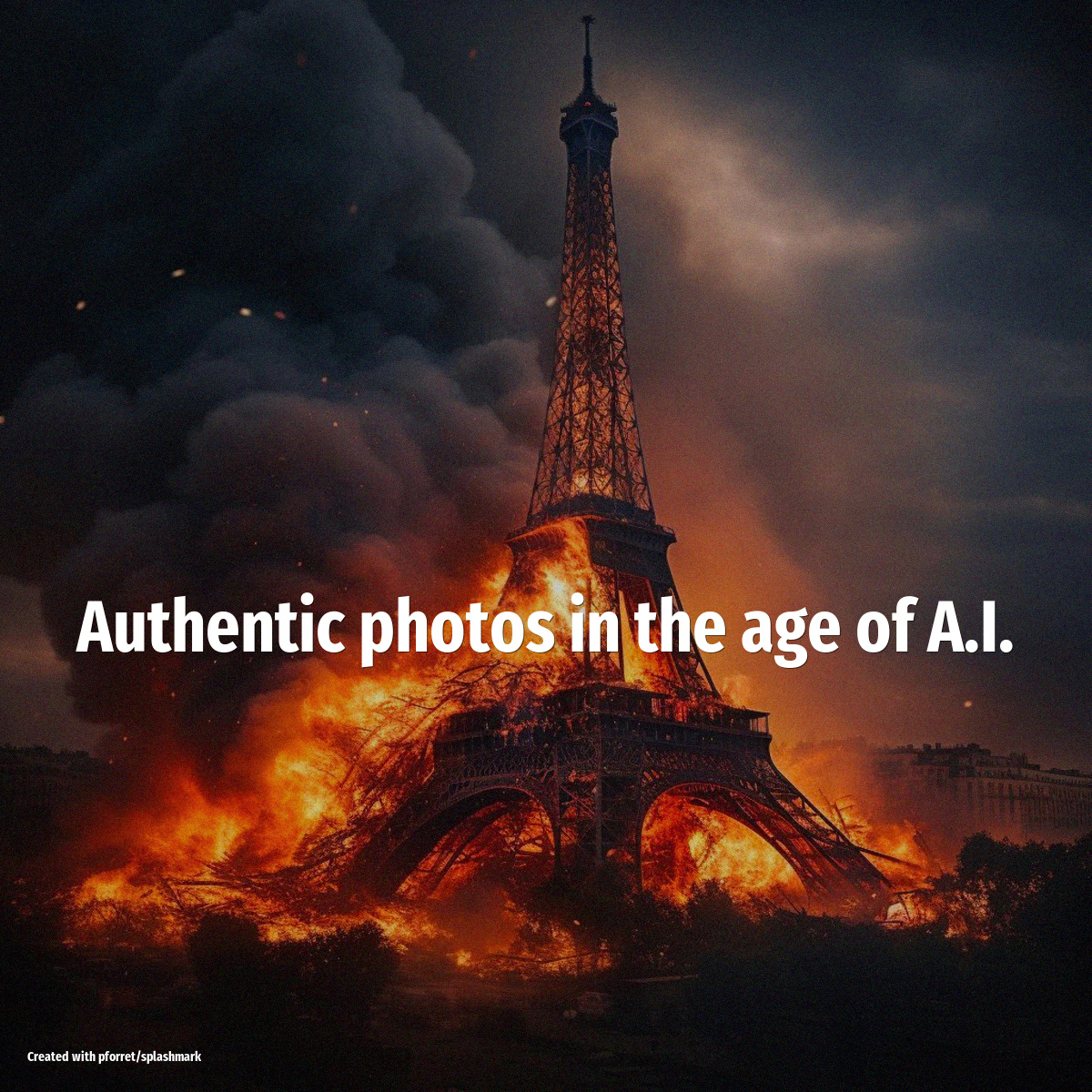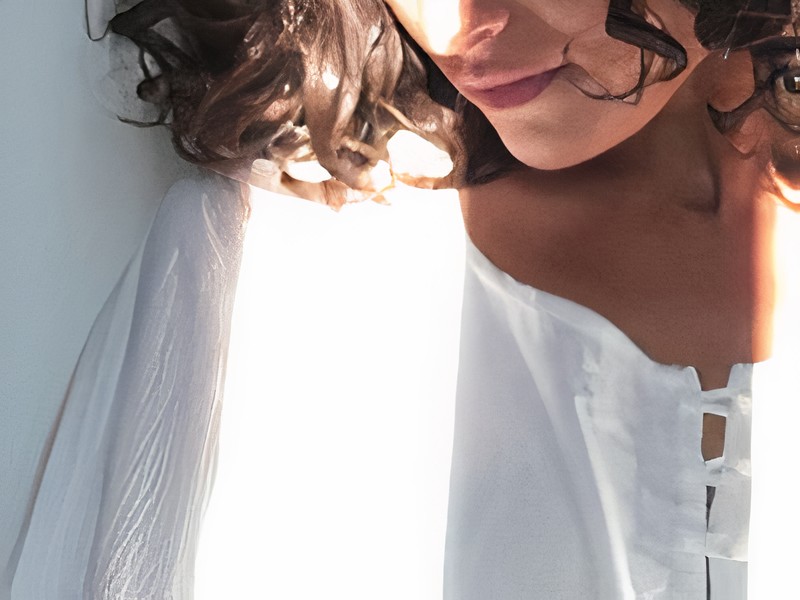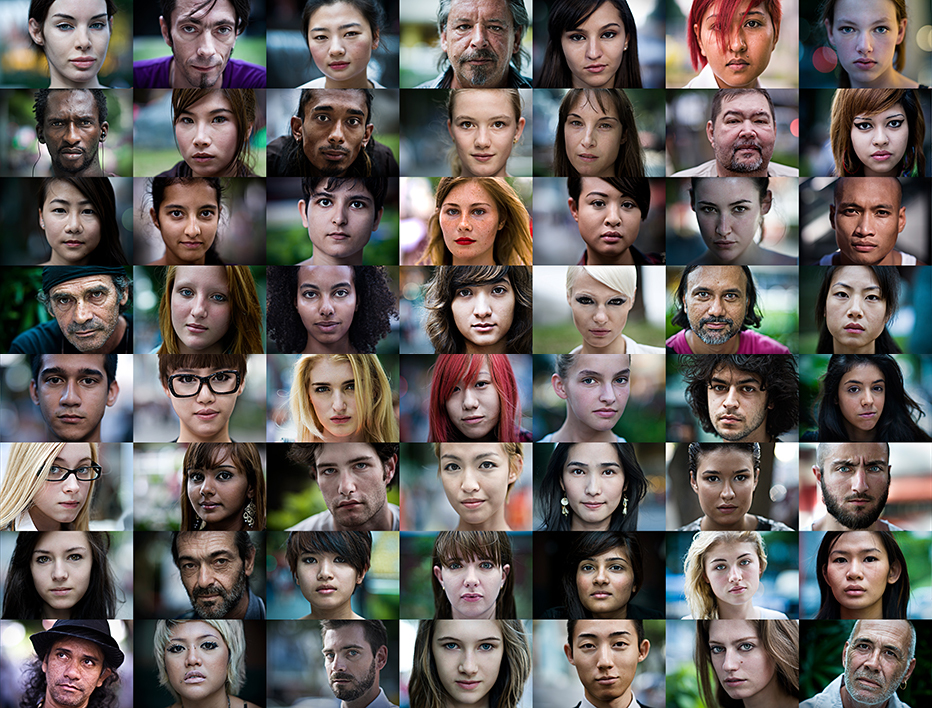Authentic images in the age of A.I.
29 Jan 2024Paris is burning
You might have seen this photo of the Eiffel Tower on fire. It is a fake, used by the Australian A. James (no link, on purpose) who uses content like this to ‘prove’ that western society is on the brink of collapse, and we need to accept his far-right views to save ourselves.

More recently, there was a controversy about a video that also showed the Eiffel Tower on fire. This video, which was originally created as a demo of visual effects, was also used by far-right groups to spread disinformation.
In a presentation I did over a year ago, I predicted that the emergence of generative A.I. meant that we could no longer trust what we saw on photos or videos. It was the end of “pics or it didn’t happen”. In a world where any image or video can be fake, how can we trust what we see?
Signed content
That’s why I also foresaw that signed content would become a requirement for places where authenticity was very important, like news-gathering and legal procedures. A secure digital signature means that the content cannot be tampered with without breaking the signature.
In the case of photo and video capture, this means that the capturing device has to be able to digitally sign the generated files. I was wondering what technology is already here for this.
Content Credentials
Content Credentials is a new way to prove the authenticity of your photos. It is a simple, free, and open source tool that lets you add a digital signature to your photos. This signature is a cryptographic hash that can be used to prove that the photo was taken by you and has not been altered since it was signed.

It was created by the Coalition for Content Provenance and Authenticity (C2PA), which unifies the efforts of the Adobe-led Content Authenticity Initiative (CAI) which focuses on systems to provide context and history for digital media, and Project Origin, a Microsoft- and BBC-led initiative that tackles disinformation in the digital news ecosystem.
The first cameras to use this technology were the high-end Nikon Z9 (6000€) and the top-end Leica M11-P (9000€).
On Thursday, Leica dropped the Leica M11-P, the world’s first camera to have Content Credentials built in, which enables a picture to have detailed metadata included at the point of capture and essentially serves as a verification stamp for the image. The metadata includes details such as the camera make and model, who captured the image, and when and how the image was captured (…).
ZDNET, 2023-10-27
Also, Sony will start selling cameras with Content Credentials, the Sony Alpha 1, Alpha 9III, Alpha 7S III.
Sony and AP’s most recent field test was completed during October of 2023. In this month-long test, both capture authentication and workflow process were evaluated. To accomplish this, Sony partnered with Camera Bits – the company behind the industry standard workflow tool, Photo Mechanic. Alongside Sony and AP, Camera Bits created technology in Photo Mechanic that preserves the camera’s digital signature all the way through the metadata editing process.
photorumors.com, 2023-11-28



